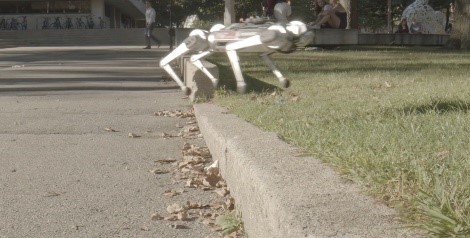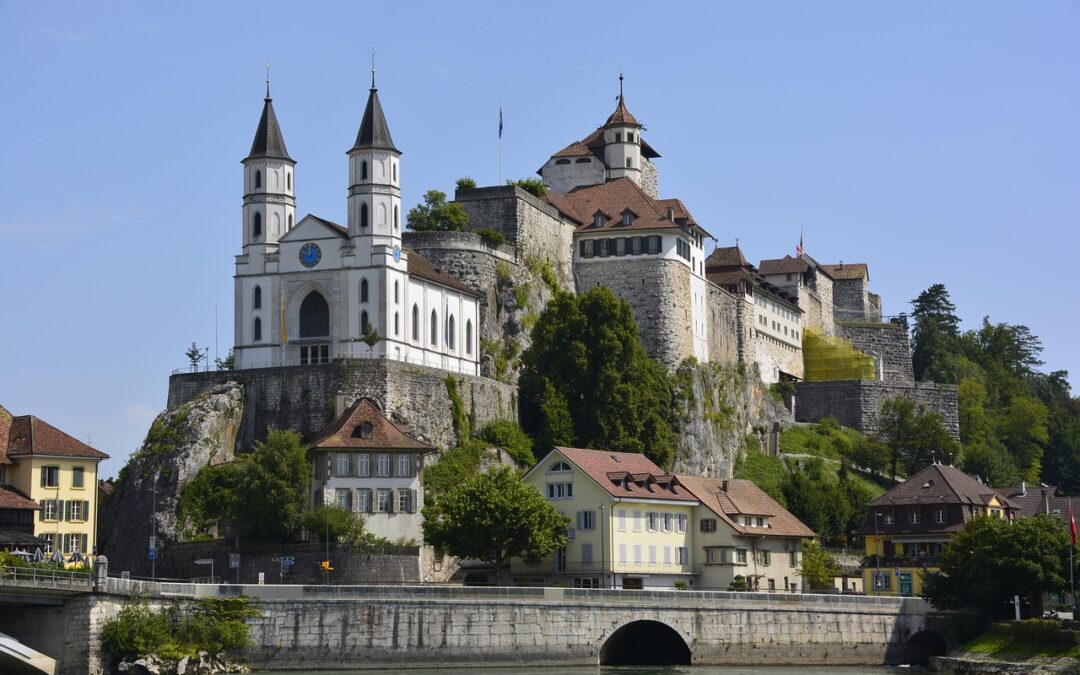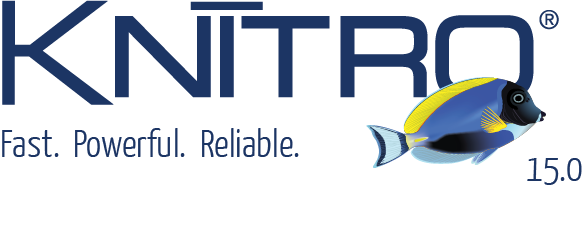The MIT Biomimetic Robotics Lab uses Artelys Knitro to achieve High speed landing of quadruped robots
Trajectory optimization
The Biomimetic Robotics Lab at the Massachusetts Institute of Technology (MIT) has been using Artelys Knitro for real-time control of their legged robots: the MIT Mini Cheetah and the MIT Humanoid. Trajectory optimization is an essential process for real-time control of legged robots. Optimal control for legged systems is a challenging problem that must contend with nonlinear, hybrid dynamics and complicated, high degree-of-freedom kinematics. In the case of the Mini Cheetah, this optimization process is used to plan complicated motions such as jumps, aerial spins, backflips, and barrel rolls.
The ability to perform these motions greatly expands the range of environments the robot is capable of traversing, which is crucial as these robots are meant to be deployed operationally. Since incorporating Artelys Knitro into the software, the lab has been able to implement a number of new, real-time controllers on their robots using nonlinear optimization. Even after testing other state-of-the-art nonlinear optimization solvers, Artelys Knitro was the only one capable of performing fast enough to be deployed onboard their robot.

Model predictive controllers
For the Mini Cheetah, a nonlinear model predictive controller (MPC) was implemented for landing. The optimization was formulated with complementarity constraints, which make the nonlinear program (NLP) challenging for many solvers, but Artelys Knitro was able to find solutions at roughly 5-10 Hz (i.e., between 5 and 10 problems are solved every second). The team used a nonlinear trajectory optimization including contact complementary constraints to find optimal landing postures. Because real-time performance is so important in the short duration of a fall, Artelys Knitro was used over other solvers for its speed and reliable convergence.
For the MIT Humanoid, a nonlinear predictive controller was implemented that leverages the MIT Humanoid’s arms to improve balance and locomotion. The complex nonlinear optimization can solve complex arm motions in response to large disturbances. Artelys Knitro solved these motions at 40 Hz and helped demonstrate successful landings in both simulation and hardware.
If you want to know more about Artelys Knitro applications, you can contact us or visit the dedicated web page.

Swissgrid selects Artelys Crystal Super Grid
Artelys is pleased to announce that Swissgrid, the Swiss electricity Transmission System Operator (TSO), has selected Artelys Crystal Super Grid, our multi-energy simulation solution, to support their strategic planning and system analysis activities.

Artelys led the Assessment of Policy Options for Securing Inertia for the European Commission
The European Commission’s Directorate-General for Energy (DG ENER) selected Artelys (leader), Trinomics, and Tractebel ENGIE to study solutions for ensuring the future frequency stability of the European power system. The study report was published in August 2025 by...

Artelys Knitro 15.0: New Tools for Your Large-Scale Models
Artelys is pleased to announce the release of Knitro 15.0, which provides new algorithms and performance improvements to solve your large-scale optimisation problems, whether linear or non-linear, more quickly.

Artelys Introduces Future Sight: a Visualisation Tool Supporting the Energy Transition
As partner in the European Climate + Energy Modeling Forum (ECEMF) – a Horizon 2020 Europe project uniting research institutes and leading energy modellers in Europe – Artelys has contributed to modeling activities powered by Artelys Crystal Super Grid modelisation tool, and has led the development of a fully-fledged visualisation tool.
subscribe to our newsletters
© ARTELYS • All rights reserved • Legal mentions